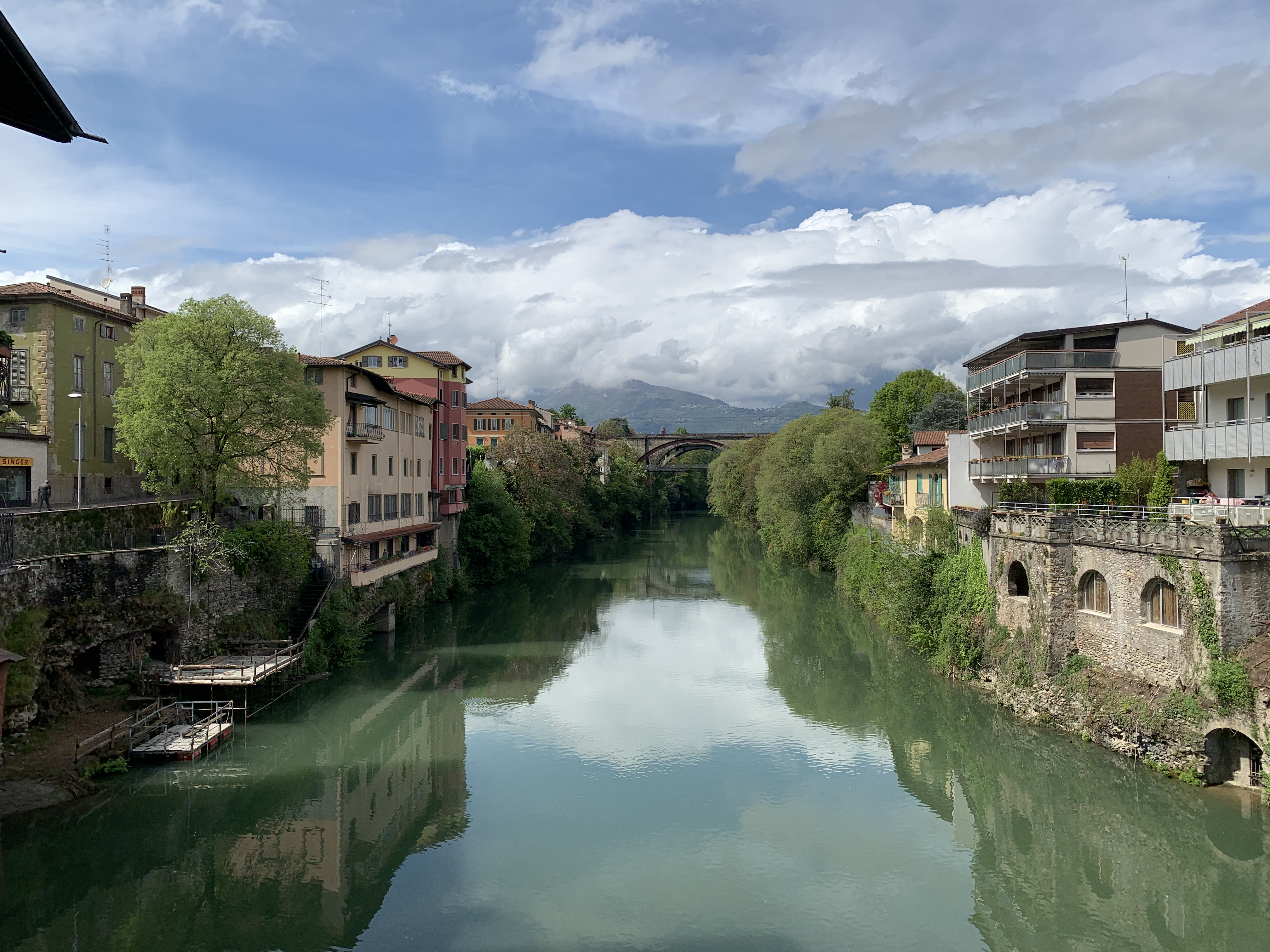|
Carlo Bellosio
Carlo Bellosio (Milan, 1801 – Bellagio, 1849) was an Italian painter, active mainly in Lombardy in a Neoclassical style. Biography He trained in Milan as a pupil of Pelagio Palagi. He painted for the church of San Ambrogio in Voltri (in Genoa); for the chapel of the church of San Sepolcro in Milan; for the church of Santa Maria Segreta in Milan; an ''Assumption of Mary''; and for the temple of San Protasio, he painted a ''Baptism by John'' (both church and painting destroyed). He also painted for San Barnaba and Santa Maria Podone. He also worked in Trezzo d'Adda, Vertova, Val Seriana, and for the Sanctuary of San Prospero in Cressa in Novara. He frescoed bacchantes and Maenads with an Aurora in the grand room of the casa Poreti in Milan; also decorative frescoes for the casa Scotti in Ponte San Pietro, for the casa Casati in Como, for the casa dei Conti Leonardi in Novara, in a Medolago in casa dei conti Medolago in Medolago, for the casa dei conti Borromeo in Viggiù ... [...More Info...] [...Related Items...] OR: [Wikipedia] [Google] [Baidu] |
Ponte San Pietro
Ponte San Pietro (Bergamasque: ) is a ''comune'' in the province of Bergamo, Lombardy, northern Italy. It is about northeast of Milan and about west of Bergamo. Sights include the Villa Mapelli Mozzi. Geography Ponte San Pietro is built on the banks of the Brembo (river), which divides the town into two distinct areas. It is about 7 kilometers far from Bergamo, and it is considered the first town of the so-called "Isola", a geographical area that comprehend 21 municipalities, delimitated by the waters of the two main rivers, Adda (river) and Brembo. The municipality borders on the north with Brembate di Sopra and Valbrembo, on the south with Presezzo and Bonate Sopra, on the west with Mapello and Presezzo and on the east with Curno and Mozzo. History The name is believed to originate from the presence of a small bridge over the Brembo and the adjoining small church dedicated to Saint Peter in 881, through a notarial writing reporting “Basilica Sancti Petri sita ad pon ... [...More Info...] [...Related Items...] OR: [Wikipedia] [Google] [Baidu] |
Turin
Turin ( , Piedmontese language, Piedmontese: ; it, Torino ) is a city and an important business and cultural centre in Northern Italy. It is the capital city of Piedmont and of the Metropolitan City of Turin, and was the first Italian capital from 1861 to 1865. The city is mainly on the western bank of the Po (river), Po River, below its Susa Valley, and is surrounded by the western Alps, Alpine arch and Superga Hill. The population of the city proper is 847,287 (31 January 2022) while the population of the urban area is estimated by Larger Urban Zones, Eurostat to be 1.7 million inhabitants. The Turin metropolitan area is estimated by the Organisation for Economic Co-operation and Development, OECD to have a population of 2.2 million. The city used to be a major European political centre. From 1563, it was the capital of the Duchy of Savoy, then of the Kingdom of Sardinia ruled by the House of Savoy, and the first capital of the Kingdom of Italy from 1861 to 1865. T ... [...More Info...] [...Related Items...] OR: [Wikipedia] [Google] [Baidu] |
Palazzo Comunale Di Bologna
A palace is a grand residence, especially a royal residence, or the home of a head of state or some other high-ranking dignitary, such as a bishop or archbishop. The word is derived from the Latin name palātium, for Palatine Hill in Rome which housed the Roman Empire, Imperial residences. Most European languages have a version of the term (''palais'', ''palazzo'', ''palacio'', etc.), and many use it for a wider range of buildings than English. In many parts of Europe, the equivalent term is also applied to large private houses in cities, especially of the aristocracy; often the term for a large country house is different. Many historic palaces are now put to other uses such as parliaments, museums, hotels, or office buildings. The word is also sometimes used to describe a lavishly ornate building used for public entertainment or exhibitions such as a movie palace. A palace is distinguished from a castle while the latter clearly is fortified or has the style of a fortification ... [...More Info...] [...Related Items...] OR: [Wikipedia] [Google] [Baidu] |



